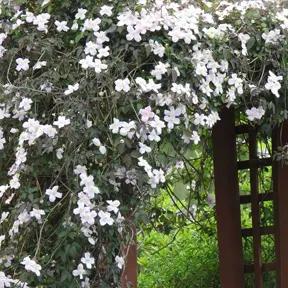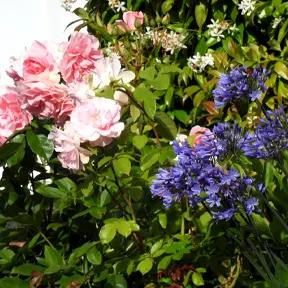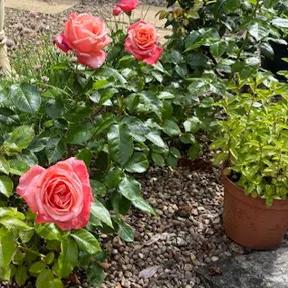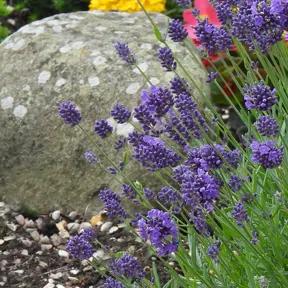What to expect
It's Summer Planting Season 2025
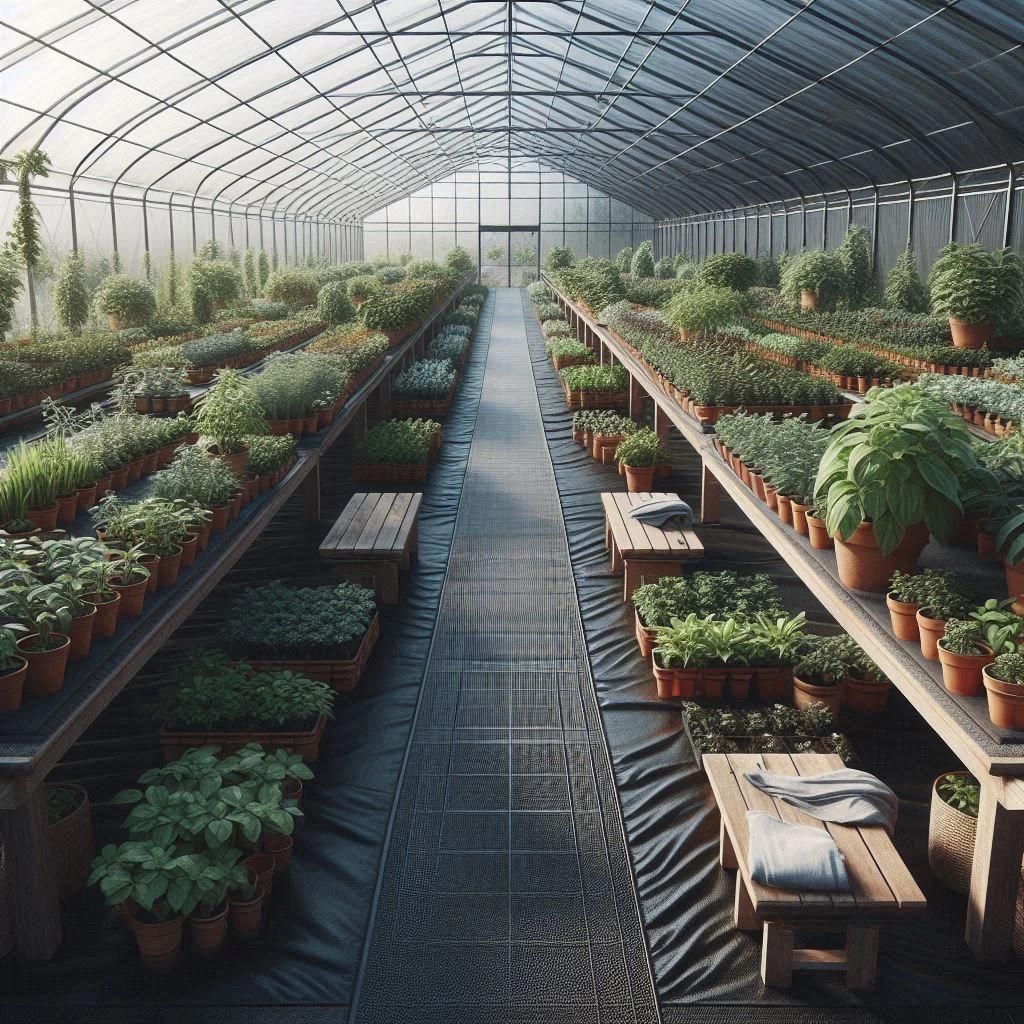
Pot Grown & Plug Plants Delivered
From seedlings in jumbo plugs; Dahlia tubers; small P9 & 1 Litre plants; up to trees in big 15L pots

Direct from the Nursery Value
We batch orders to save you money. Lead times for plants in stock are around 2 weeks

No more broken plants in the post!
When your order is ready, it's expertly packed by Rodney and delivered by next day courier; if anything goes wrong, call Dan on 01963 359 444
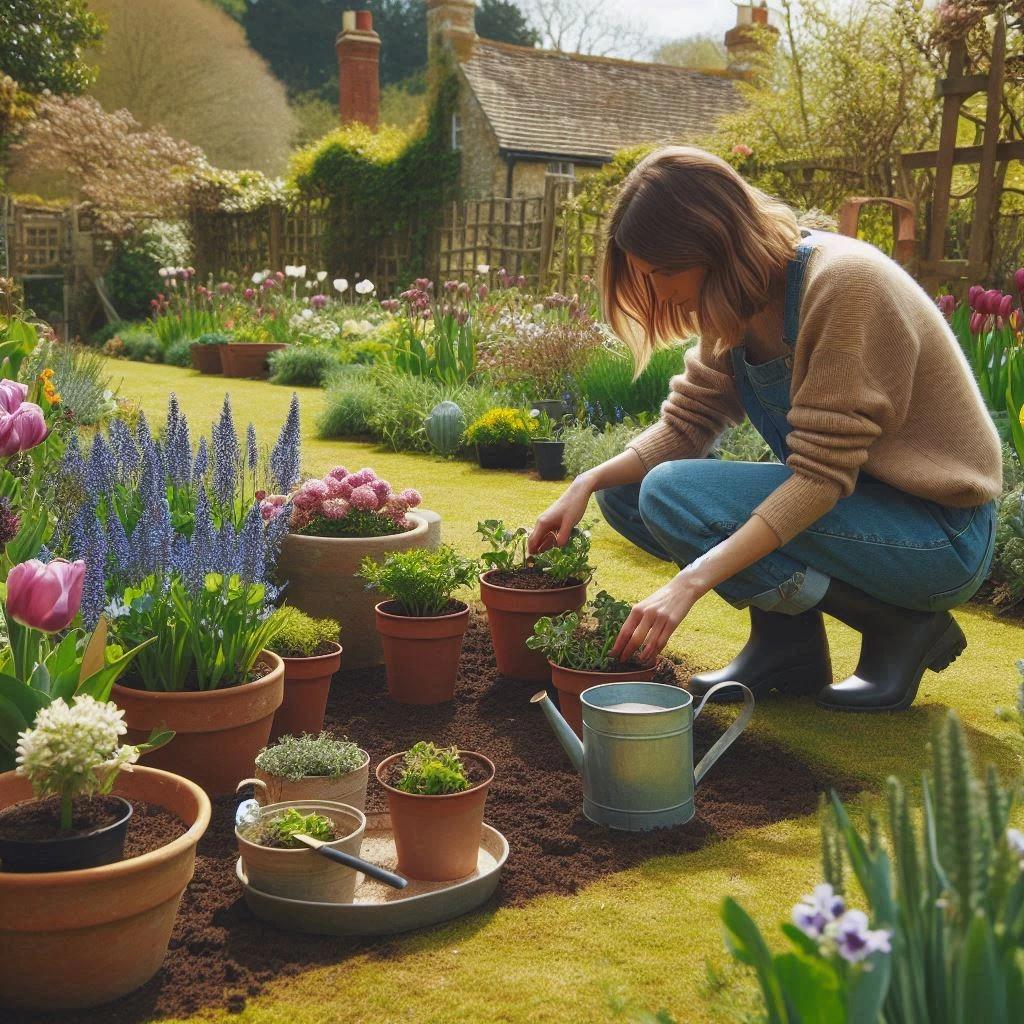
Summer is good planting time
New roots love the warm soil, as long as you water well! Just don't plant during a heatwave.
Tag us @ashridgenurseries


